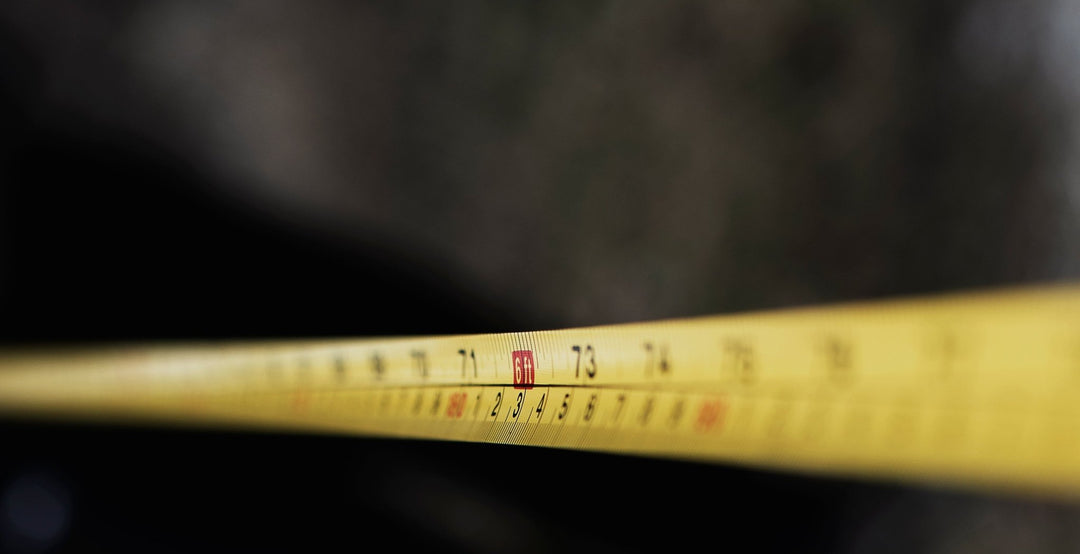The hand-wound watch continues to enjoy great popularity among watch lovers. When it comes to particularly high-quality watches or watches with elaborate complications, the hand-wound watch even overtakes the automatic watches in terms of appreciation. There are many reasons for this, which we will explain in this article.
A hand-wound watch has some special features compared to other drives. This means that, as the name suggests, you have to wind it by hand , but also that it reveals the full splendor of the movement through a transparent case back because it is not hidden by the rotor of the automatic movement.
How do hand-wound watches work?
A hand-wound watch draws its energy from a spiral-shaped mainspring, which is previously supplied with energy by winding the crown .
This mechanism was invented in 1845 by Patek Philippe. This energy is then transmitted via a complex work of gears, levers and other springs to the hour, minute and second hands so that they can show the time. In a hand-wound chronograph, the stop function is also supplied with energy from this spring. This central energy source now slowly releases the stored energy and becomes increasingly relaxed.

ST1901 Movement of a Seagull 1963
The difference to the automatic watch is that with the hand-wound watch, this spring has to be wound regularly by hand by turning the crown.
How often do I have to wind my watch?
How long a hand-wound watch runs depends on the so-called power reserve. This describes the maximum energy stored in the spring housing in relation to the typical energy consumption of the watch.
As a rule, the power reserve of watches with hand-wound movements is 36 to 48 hours . This means that when fully wound, the clock runs for 36 or 48 hours. It is therefore recommended that most hand-wound watches be wound daily. Especially since the accuracy decreases before the watch stops.
How do you wind a watch?
Wristwatches, whether automatic or manual (hand-wound), are usually wound by turning the crown (winding crown). This is connected to the clockwork and thus delivers the energy directly to the heart of the clock.
In which direction do you wind a watch?
Typically, you turn the crown of a watch clockwise to wind it up. It should be noted that diving watches in particular have screw-down crowns. These must first be screwed on before you can wind the watch.
Are there hand-wound movements for men and women?
Yes, men's hand-wound watches and women's hand-wound watches are equally common.
For women's watches, it is often a design reason to choose a hand-wound movement, as the watch will then be a little flatter . Paired with the smaller diameter of women's watches, the overall picture is harmonious.
Hand-wound men's watches are also very popular as they are often used as dress watches . Here too, the slightly flatter design is impressive.
9 tips for winding a hand-wound watch
That sounds simple and it is if you consider a few points:
- Take the watch from your wrist to wind it. This ensures that the manual winding shaft, which is connected to the crown, does not become bent or even break. Furthermore, this prevents the crown seal from being damaged by one-sided pressure and the watertightness no longer being guaranteed. Both problems would require extensive repairs.
- The rotation of the crown should be smooth and rather careful. The parts of a mechanical hand-pull clock are delicate and can easily be bent or excessively worn by harsh forces.
- Make sure the crown is in the normal position (fully pushed in) and slowly rotate the crown back and forth between your thumb and forefinger. Depending on the power reserve and winding condition, around 20 to 40 revolutions every day are enough to keep a hand-wound watch running for weeks.
- If the watch has a screw-down crown, the normal position is that which occurs immediately after screwing it on.
- Shortly before the mechanical stop, which indicates that the spring is fully wound, you will notice that the resistance increases slightly when winding. This is the point at which we recommend stopping winding.
- For watches with a screw-down crown, this must now be screwed back on in order to restore the water resistance of your hand-wound watch.
- You should never wind the watch past the mechanical stop. This can cause the mainspring to break.
- A hand-wound mechanical watch should be inspected by a watchmaker every 5 to 8 years to renew lubricants and check general condition. The watch thanks you for its long service life and sustainable accuracy.
- If your hand-wound watch stops despite following all the advice, it sometimes helps to pull the crown and push it back again. If that doesn't help, we recommend taking the watch to a watchmaker. It may be that maintenance is required or there may actually be a defect.
When is my hand-wound watch fully wound?
A hand-wound watch has a mechanical stop beyond which you cannot wind it. Shortly before this point is reached, the resistance when winding increases, so that over time you get a feel for how far you can wind a hand-wound watch. It is recommended not to turn all the way, but to stop a little earlier.
Certain watch models have a power reserve display in days or hours so that you can determine at any time how long the watch will continue to run.
Can I overwind the clock?
A hand-wound watch has a locking mechanism or stop that prevents you from winding the watch. However, if you apply too much force once this stop is reached, damage to the watch may occur (e.g. winding shaft). So make sure you wind the watch with little force and a lot of feeling .
What mistakes can happen when winding up?
If you avoid the following mistakes with the help of our tips, your hand-wound watch will have a long life:
|
Mistake |
Explanation & tips |
|
Pull up against the stop |
Although it is not possible to turn past the stop, damage can occur if too much force is applied to the stop. Tip : Pay attention to increasing resistance and stop early |
|
Winding with too much force |
When winding, sensitive shafts and gears rotate in the hand-wound movement, which can be damaged if increased force is applied. Tip : Wind up carefully and slowly |
|
Winding on the wrist |
The unfavorable position can cause force to be exerted on the winding shaft. The torque is transferred to the movement and can damage the seal and shaft of the hand-winding mechanism. Tip : Take off your watch |
|
Wind counterclockwise |
Winding the hand winder counterclockwise usually has no consequences as it is an idle. This does not open the work. But: The clock should only be set clockwise. Tip : Wind up & adjust clockwise |
If I take my watch off overnight, do I have to wind it back up?
Since standard hand-wound movements have a power reserve of 36 to 48 hours, they strictly speaking do not need to be wound in the morning.
However, since we recommend winding a hand-wound watch daily , it may make sense to add winding to your morning ritual.






Es gibt tatsächlich Werkzeuge, mit denen man die Krone einspannen kann, um diese aufzuziehen. Je nach Form der Krone kann das handlicher sein, wenn man viel und oft aufziehen muss. Notwendig ist das allerdings nicht. Und man sollte darauf achten, dass das Material, das die Krone “greift” diese nicht beschädigen kann. Von elektrischen Aufzugshilfen würde ich persönlich abraten, da man nicht sicherstellen kann, wie stark, schnell und wie lange diese aufzieht.
Gibt es für Handaufzugsuhren eine Aufzughilfe. Ich habe eine Jäeger Lecultre Military Offizieruhr.
Leave a comment